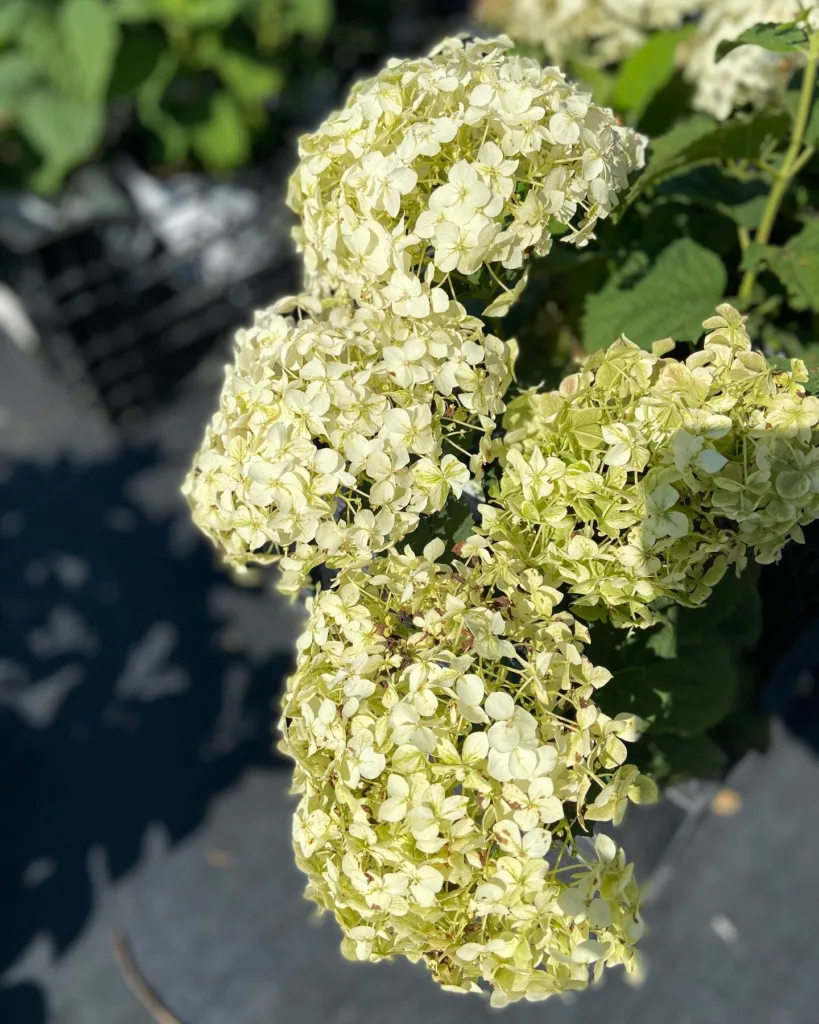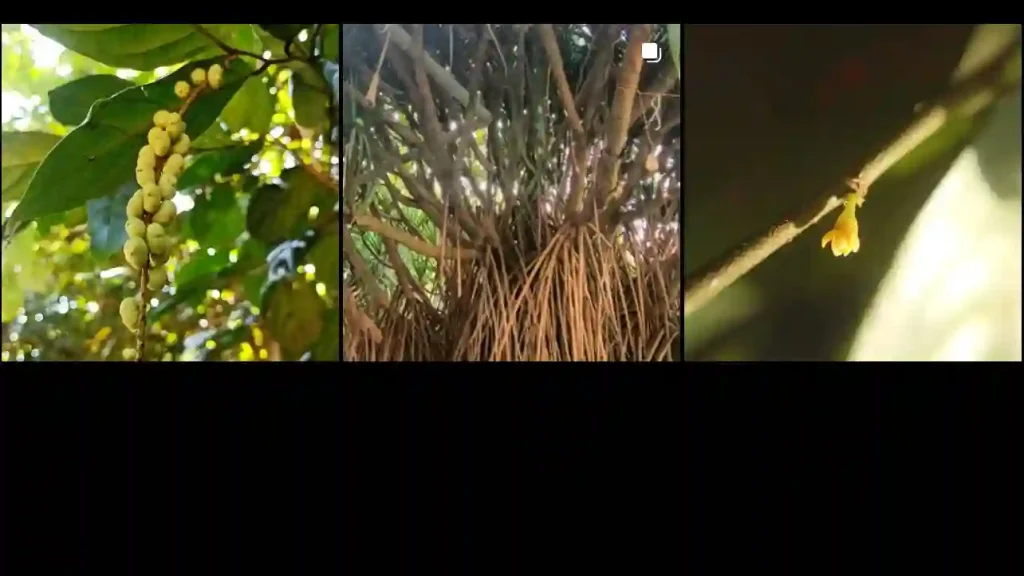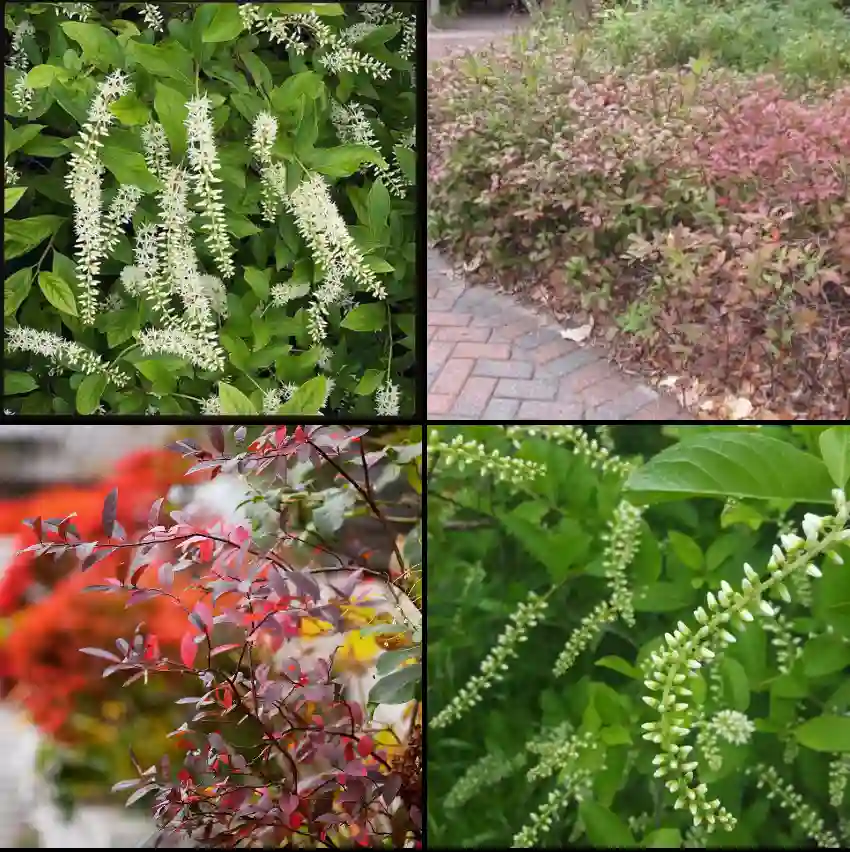Anthurium Watermaliense: Unveiling the Allure of the Black Prince
Hi, Ferb Vu here, and today we’re diving deep into the fascinating world of Anthurium Watermaliense, also known as the Black Anthurium or Black Prince. This captivating plant has captured the hearts of houseplant enthusiasts with its unique, almost gothic beauty.
If you’re considering welcoming an Anthurium Watermaliense into your home, or are simply curious about this intriguing species, you’ve come to the right place. Let’s address some of the most common questions surrounding this enthralling plant.
1327 Species in Genus Anthurium
What Makes the Anthurium Watermaliense Special?
The defining characteristic of the Anthurium Watermaliense is its stunning inflorescence, often mistaken for a flower. In reality, it’s a modified leaf called a spathe. This spathe boasts a deep, velvety purple hue that borders on black, lending the plant its dramatic nickname. The true flowers are tiny and clustered on a spike (spadix) that emerges from the center of the spathe.
The foliage itself is equally impressive. Large, glossy, and heart-shaped, the leaves can reach up to 24 inches in length and 16 inches in width. Their deep green color provides a striking contrast to the dark spathe, creating a visually arresting combination.
Anthurium Watermaliense vs. Other Anthuriums: Friend or Foe?
Anthuriums come in a staggering variety, all boasting vibrant colors and captivating shapes. So, how does the Watermaliense stack up against its colorful cousins?
- Color: The Watermaliense stands out with its dark, almost black, spathe. Most Anthuriums boast bright reds, oranges, pinks, and whites, making the Watermaliense a unique addition to any collection.
- Care: Generally, Anthurium care is quite similar across species. However, the Watermaliense might require slightly more humidity due to its native habitat in rainforests.
- Size: The Watermaliense can grow quite large, both in terms of foliage and spathe size. If you’re looking for a compact Anthurium, consider varieties like the Anthurium Crystallinum (Crystal Anthurium) or the Anthurium Forgetii.
How to care for Anthurium Watermaliense?
Now that you’re smitten with the Anthurium Watermaliense, let’s explore how to keep this beauty thriving:
- Light: Bright, indirect light is ideal. Avoid harsh, direct sunlight, which can scorch the leaves.
- Watering: Water deeply when the top inch of soil feels dry. Allow excess water to drain freely to prevent root rot.
- Humidity: As mentioned earlier, moderate to high humidity is preferred. Consider using a humidifier or placing your plant on a pebble tray filled with water.
- Temperature: Aim for consistent temperatures between 65°F and 80°F (18°C – 27°C).
- Soil: A well-draining, airy potting mix specifically designed for Araceae (aroid family) plants is essential.
- Fertilizer: A balanced, diluted fertilizer can be applied during the growing season (spring and summer) once a month.
With proper care, your Anthurium Watermaliense will reward you with its mesmerizing dark beauty for years to come.
Beyond the Basics: Common Anthurium Watermaliense Concerns
Even the most devoted plant parent might encounter occasional challenges. Here are some common concerns regarding the Anthurium Watermaliense:
- Brown Leaves: This can be caused by underwatering, overwatering, or excessive light. Adjust your watering routine and check light exposure.
- Drooping Leaves: This could indicate underwatering, low humidity, or root rot. Check the soil moisture and humidity levels. If overwatering is suspected, repot the plant into fresh, well-draining soil.
- Lack of Blooms: The Watermaliense may not flower frequently, especially indoors. Ensure it receives adequate light and avoid overfertilizing, which can hinder flower production.
Embrace the Dark Side: The Allure of Anthurium Watermaliense
The Anthurium Watermaliense offers a unique aesthetic that adds a touch of drama and intrigue to any indoor space. With its captivating dark spathe, lush foliage, and relatively easy care requirements, this “Black Prince” is sure to become a treasured member of your houseplant collection. So, are you ready to embrace the dark side of houseplants?
If i die, water my plants!



